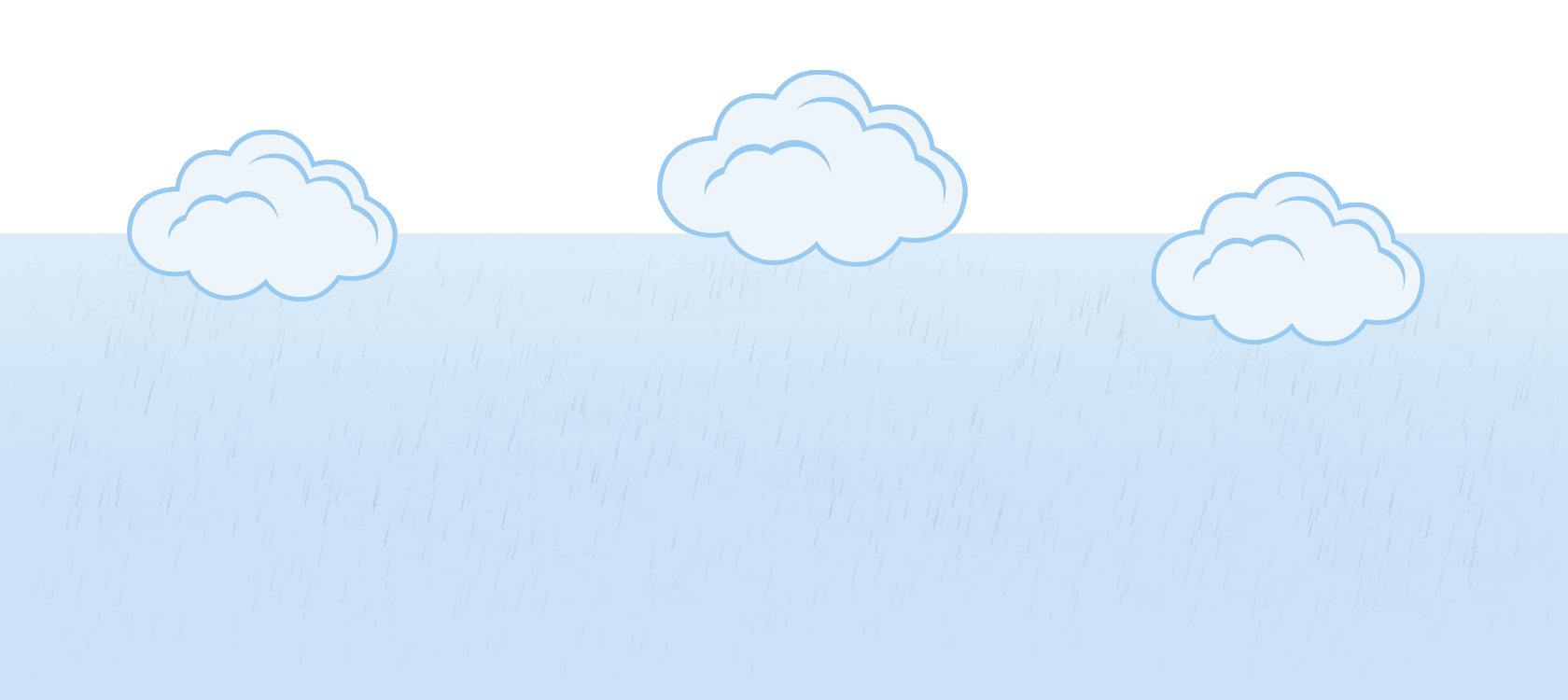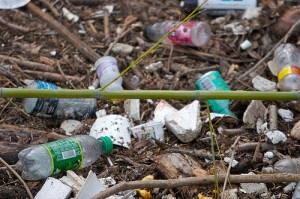In general, science and education experts do not advocate that young students should be introduced to human-caused (anthropogenic) climate change. The underlying science is complex, but there is also a fear of overwhelming and scaring students. When environmental issues are presented, an emerging best practice is to concurrently present solutions along with problems. We’ve done this in each issue through our Take Action! column.
While this issue’s science-content knowledge article focuses exclusively on how humans have changed (and are continuing to change) Earth’s climate, we’ve chosen to expand our focus to environmental issues in general. The effects of litter, air pollution, and water pollution are more easily observed and understood by young students. They also lend themselves to student-friendly actions and solutions.
We’ve also included two resources designed to introduce students to the greenhouse effect. These can be used in conjunction with our informational text, Life in the Greenhouse, to help students understand the role of Earth’s atmosphere in trapping heat and maintaining a temperature that supports life. This understanding will lay the foundation for learning about the effects of carbon dioxide and other greenhouse gases in middle school and beyond.
All lessons and activities are aligned to the National Science Education Standards.
Lessons and Activities
Environmental Issues
Saving the Environment (Grades K-2)
While this lesson was written for preschool, it is appropriate for students in primary grades as well. After listening to read-alouds about recycling, students create litter containers and use them to collect litter on a cleanup walk. After the walk, they sort the litter they collected and talk about which types could be recycled. This lesson meets the Science in Personal and Social Perspectives content standard of the National Science Education Standards.
Can Buildings Make You Sick? (Grades K-2)
This activity enables students to collect and then compare samples of airborne particles from several locations in their school or home environment. It is not a lesson in itself, but could easily be incorporated into a lesson on air pollution. It meets the Science as Inquiry, Life Science, and Science in Personal and Social Perspectives content standards of the National Science Education Standards.
Taking Care of Our Oceans (Grades K-2)
In this lesson, students will consider why so many people live near the coast and learn about the impacts of this trend on ocean animals, including runoff and light pollution. They will make posters to educate coastal residents and visitors about human impacts on marine life. It meets the Science in Personal and Social Perspectives content standard of the National Science Education Standards.
Getting to Know the Chesapeake Bay Watershed (Grades K-2)
In this lesson, students learn about the Chesapeake Bay watershed and the impacts of human activity on it through the use of online resources and hands-on experiences. It meets the Science in Personal and Social Perspectives content standard of the National Science Education Standards.
Can We Keep the Lake Clean? (Grades K-2)
This lesson introduces students to the water cycle by having them help draw a picture of a lake ecosystem, adding human impacts that affect water quality. Students will help fill in the components of a drawing of a water system. They will conclude by creating their own illustrations of human-induced changes to the freshwater habitat of a lake ecosystem. This lesson meets the Science in Personal and Social Perspectives content standard of the National Science Education Standards.
Litter is Waste Out of Place (Grades K-5)
In this three-lesson sequence, students learn what litter is, pick litter up, and learn where litter comes from and how it can be controlled. The lessons were written for Arkansas educators, but can be easily modified for any location. These lessons meet the Science in Personal and Social Perspectives content standard of the National Science Education Standards.
What Can We Learn from the Chesapeake Bay Watershed? (Grades 3-5)
In this lesson, students learn about the largest estuary in the United States and how human actions can affect environmental conditions. This lesson meets the Science in Personal and Social Perspectives content standard of the National Science Education Standards.
Earth Day Every Day (Grades 3-5)
This lesson demonstrates how classroom and community projects can improve the local environment and benefit communities beyond one’s own. Students will discuss environmental concerns, analyze these concerns, and offer practical remedies. Students will conclude by devising a project to implement the remedies and share the results with classrooms around the world. This lesson meets the Science in Personal and Social Perspectives content standard of the National Science Education Standards.
Acid Rain (Grades 3-5)
In this activity, students grow radish seeds in normal and acidic conditions. Supplement this with the one-page article What is Acid Rain? to help build student understanding of acid rain, its consequences, and some of the efforts being made to combat it. This activity meets the Science in Personal and Social Perspectives content standard of the National Science Education Standards.
Disappearing Statues (Grades 3-5)
In this activity, students investigate the effect of acid rain (vinegar) on a marble statue (an antacid tablet). Supplement this with the one-page article What is Acid Rain? to help build student understanding of acid rain, its consequences, and some of the efforts being made to combat it. This activity meets the Science in Personal and Social Perspectives content standard of the National Science Education Standards.
The Greenhouse Effect
The Greenhouse Effect In A Jar (Grades K-5)
In this activity, students observe the effects of a greenhouse (simulated with a jar placed over a thermometer). They practice observing and recording data, using a control, using a model, and drawing conclusions from results. This activity meets the Earth and Space Science content standard of the National Science Education Standards.
Understanding Weather (Grade 5 and up)
In this lesson, students learn about the greenhouse effect through online research. Teachers could easily substitute our informational text Life in the Greenhouse to ensure that students are reading developmentally appropriate material. The lesson also includes a design component, in which students design and build model greenhouses and then track the temperature inside them. Elementary teachers may choose to further modify this lesson by eliminating the study of how burning fossil fuels contributes to global warming. This lesson meets the Earth and Space Science content standard of the National Science Education Standards.
This article was written by Jessica Fries-Gaither. Jessica is an education resource specialist at The Ohio State University and project director of Beyond Weather and the Water Cycle and Beyond Penguins and Polar Bears. She has taught in elementary and middle school settings. Email Jessica at beyondweather@msteacher.org.
Copyright December 2011 – The Ohio State University. This material is based upon work supported by the National Science Foundation under Grant No. 1034922. Any opinions, findings, and conclusions or recommendations expressed in this material are those of the author(s) and do not necessarily reflect the views of the National Science Foundation. This work is licensed under an Attribution-ShareAlike 3.0 Unported Creative Commons license.




